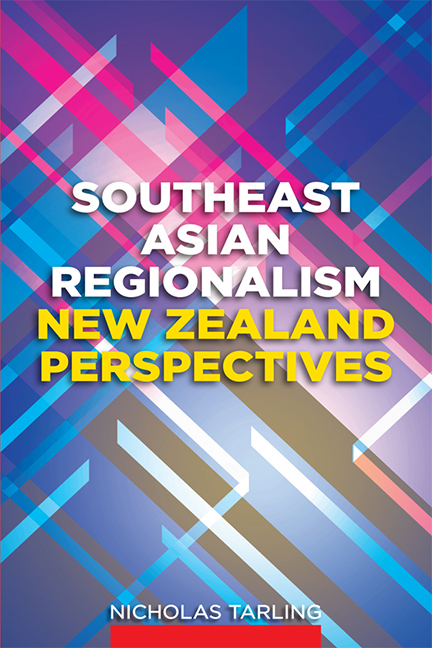Summary
The literature on ASEAN is, as it should be, very sub-stantial. It is significant for the fate of states and peoples in Southeast Asia and beyond. It has been both conservative and inventive, developing in ways its creators could not have foreseen, deploying the style and instruments of their diplomacy in novel ways, but without abandoning their essential objective, to limit disputes among themselves and the intervention of states external to the region. This short work can make but a small addition to the literature. But it has suggested that — with the aid indeed of documents drawn from the archives of external powers — it may be possible to study the early years of ASEAN in more detail. That will interest historians, but it may be important to others, too. Words of the great English novelist who called herself George Eliot come to mind.
For want of such real, minute vision of how changes come about in the past, we fall into ridiculously inconsistent estimates of actual movements, con- demning in the present what we belaud in the past, and pronouncing impossible processes that have been repeated again and again in the historical preparation of the very system under which we live.
- Type
- Chapter
- Information
- Southeast Asian RegionalismNew Zealand Perspectives, pp. 92 - 100Publisher: ISEAS–Yusof Ishak InstitutePrint publication year: 2011

